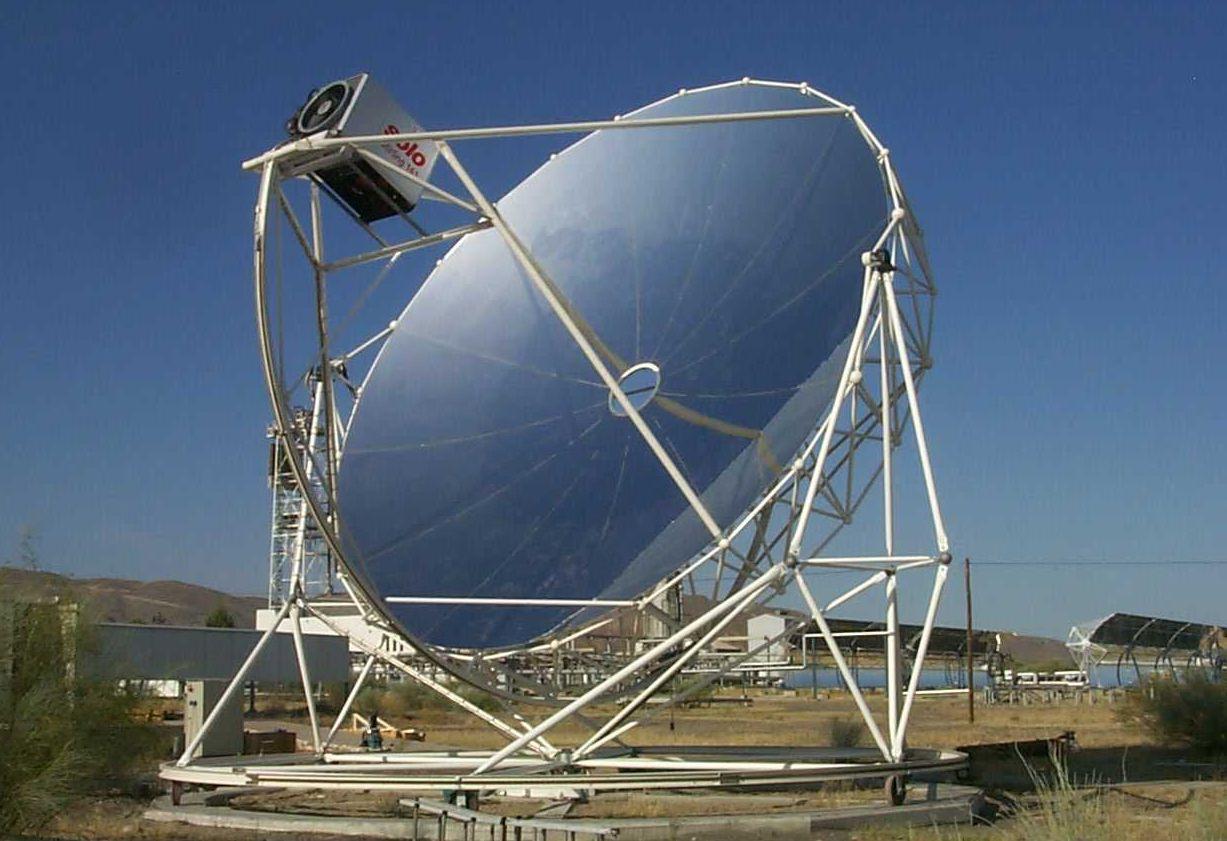Solar Collector Market Overview: Trends, Growth Drivers, Challenges, and Future Prospects for Renewable Energy

Solar Collector Market Overview
The solar collector market has experienced significant growth in recent years, driven by the increasing demand for renewable energy solutions, technological advancements, and supportive government policies. Solar collectors play a crucial role in harnessing solar energy for various applications, including residential, commercial, and industrial sectors. This article provides an overview of the solar collector market, highlighting key trends, market segments, and future prospects.
Market Segmentation
The solar collector market can be broadly categorized into two main types:
-
Non-Concentrating Solar Collectors: These collectors capture sunlight directly without the use of mirrors or lenses to concentrate the sunlight. They are widely used in residential and commercial applications for space heating, water heating, and industrial processes.
-
Concentrating Solar Collectors: These collectors use mirrors or lenses to focus sunlight onto a small area, increasing the intensity of solar energy. They are primarily used in large-scale power generation projects and industrial applications requiring high-temperature heat.
Market Trends and Drivers
Several factors are driving the growth of the solar collector market:
-
Rising Energy Costs: Increasing electricity prices have prompted consumers and businesses to seek alternative energy sources, making solar collectors an attractive option.
-
Environmental Awareness: Growing concerns about climate change and environmental degradation have led to a shift towards cleaner energy solutions, boosting the demand for solar collectors.
-
Government Incentives: Many governments worldwide offer subsidies, tax credits, and other incentives to promote the adoption of solar energy systems, further driving market growth.
-
Technological Advancements: Innovations in solar collector designs, materials, and manufacturing processes have improved efficiency and reduced costs, making solar energy more accessible.
Regional Analysis
The adoption of solar collectors varies across regions:
-
Asia-Pacific: This region leads the global market, with countries like China and India investing heavily in solar energy infrastructure. China's ambitious solar projects and India's focus on renewable energy have significantly contributed to the market's growth.
-
North America: The United States and Canada have seen increased adoption of solar collectors, driven by supportive policies and incentives. However, market growth may face challenges due to policy uncertainties and trade dynamics.
-
Europe: Countries such as Germany, Spain, and Italy have been pioneers in solar energy adoption. Despite challenges like economic constraints and trade policies, Europe continues to be a significant market for solar collectors.
Market Outlook
The solar collector market is expected to continue its upward trajectory:
-
Non-Concentrating Solar Collectors: The market for non-concentrating solar collectors was valued at approximately USD 13.7 billion in 2023 and is anticipated to reach USD 47.3 billion by 2032, registering a compound annual growth rate (CAGR) of 14.7% during the forecast period .
-
Solar Thermal Collectors: The global solar thermal collectors market size was valued at USD 28.6 billion in 2023 and is projected to grow at a CAGR of 8.1% from 2024 to 2030 .
-
Solar Collector Tubes: The solar collector tube market is expected to reach USD 8.07 billion by 2030, from USD 4.56 billion in 2023, exhibiting a CAGR of 8.5% during the forecast period .
Challenges and Considerations
Despite the positive outlook, the solar collector market faces several challenges:
-
High Initial Costs: The upfront investment required for solar collector systems can be a barrier for many consumers and businesses.
-
Intermittent Energy Supply: Solar energy production is dependent on weather conditions and time of day, leading to variability in energy supply.
-
Space Requirements: Installing solar collectors requires adequate space, which may not be available in densely populated urban areas.
Conclusion
The solar collector market is poised for substantial growth, driven by the increasing demand for renewable energy solutions, technological advancements, and supportive government policies. As the world continues to focus on sustainable energy sources, solar collectors will play a pivotal role in meeting energy needs across various sectors. However, addressing challenges related to cost, energy variability, and space requirements will be crucial to ensuring the widespread adoption and success of solar collector systems.
- Art
- Causes
- Crafts
- Dance
- Drinks
- Film
- Fitness
- Food
- Игры
- Gardening
- Health
- Главная
- Literature
- Music
- Networking
- Другое
- Party
- Religion
- Shopping
- Sports
- Theater
- Wellness


